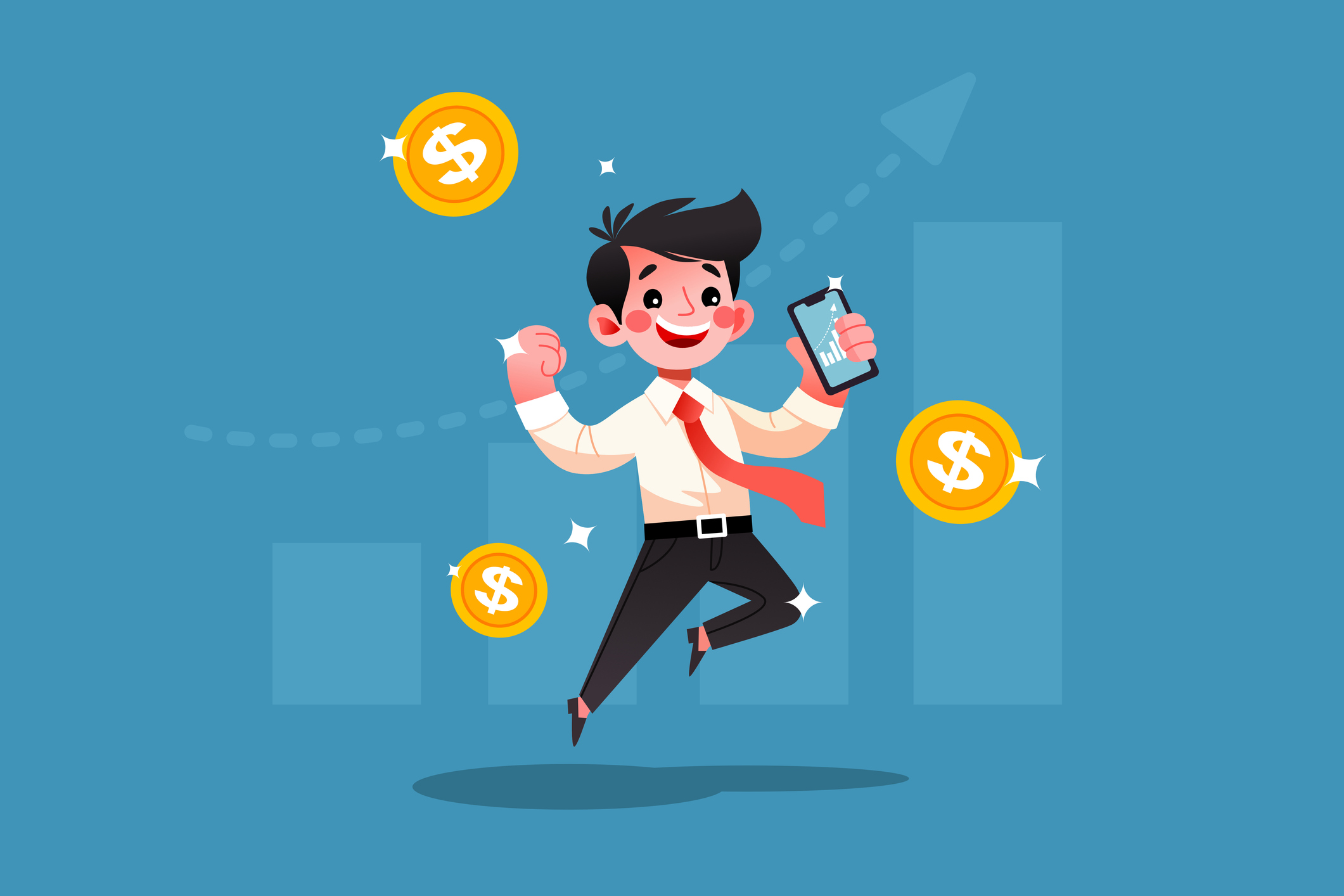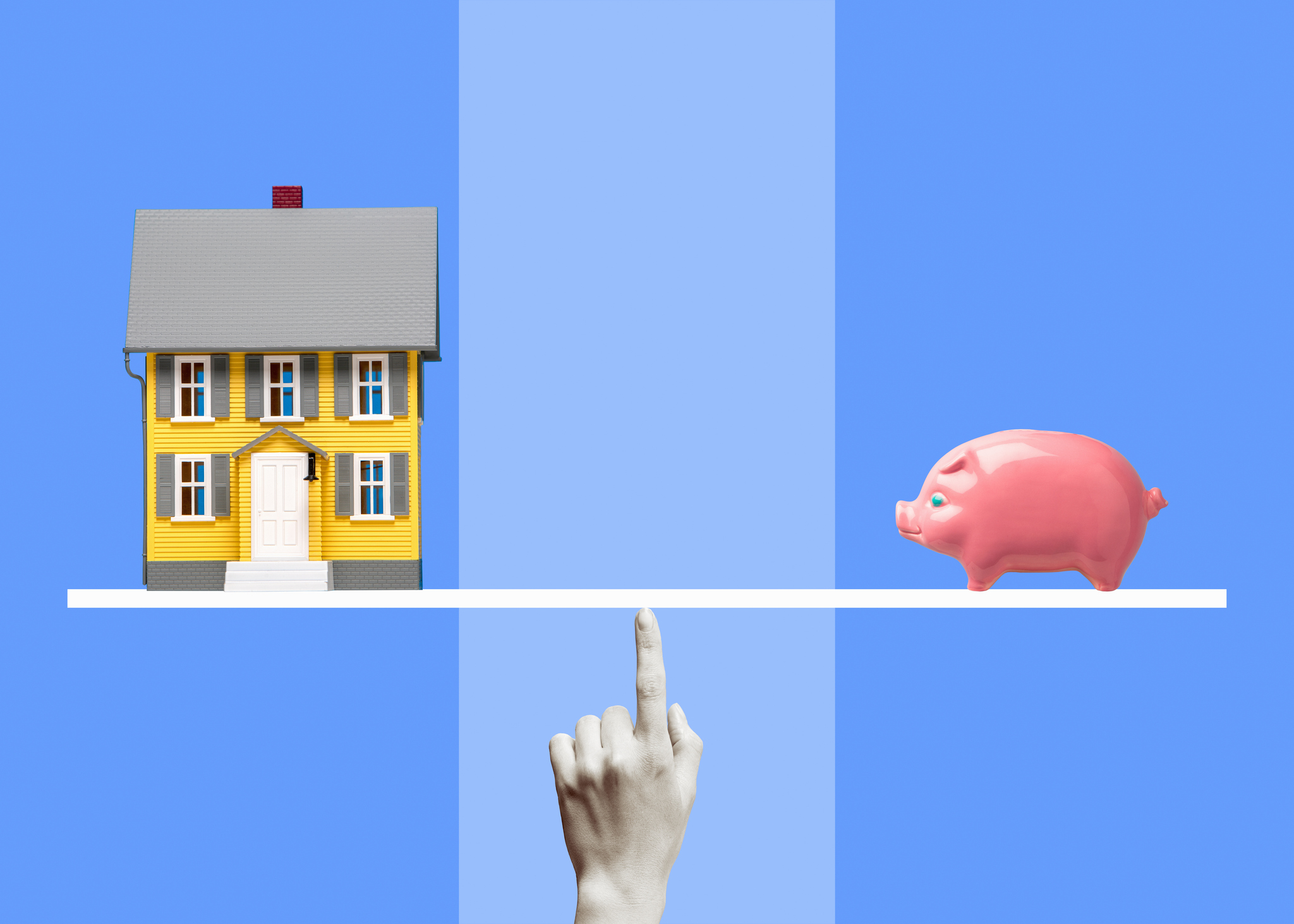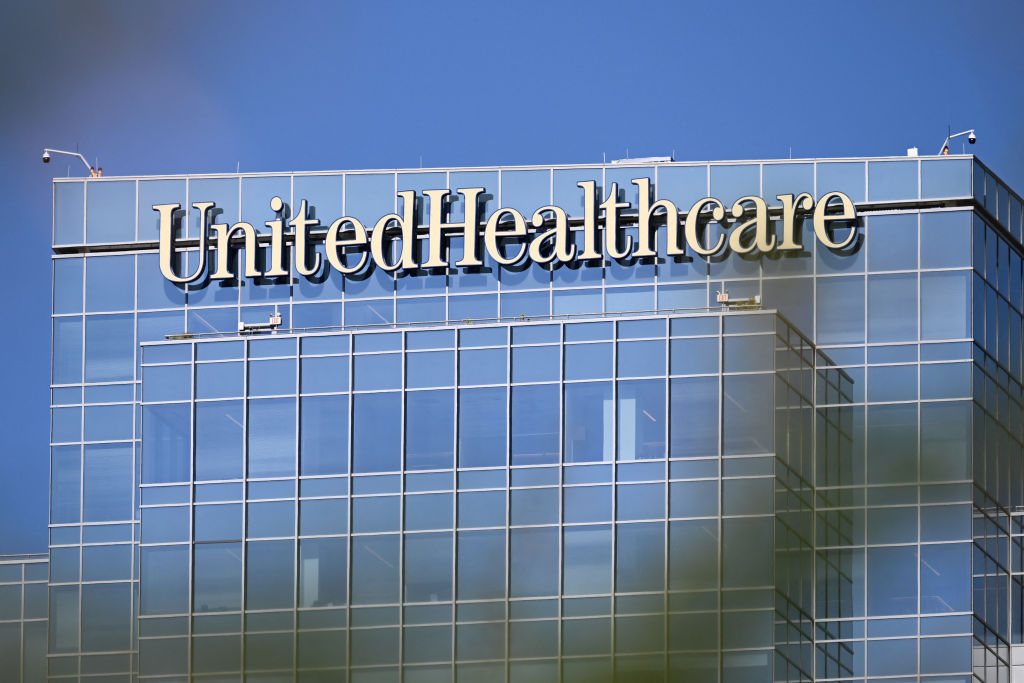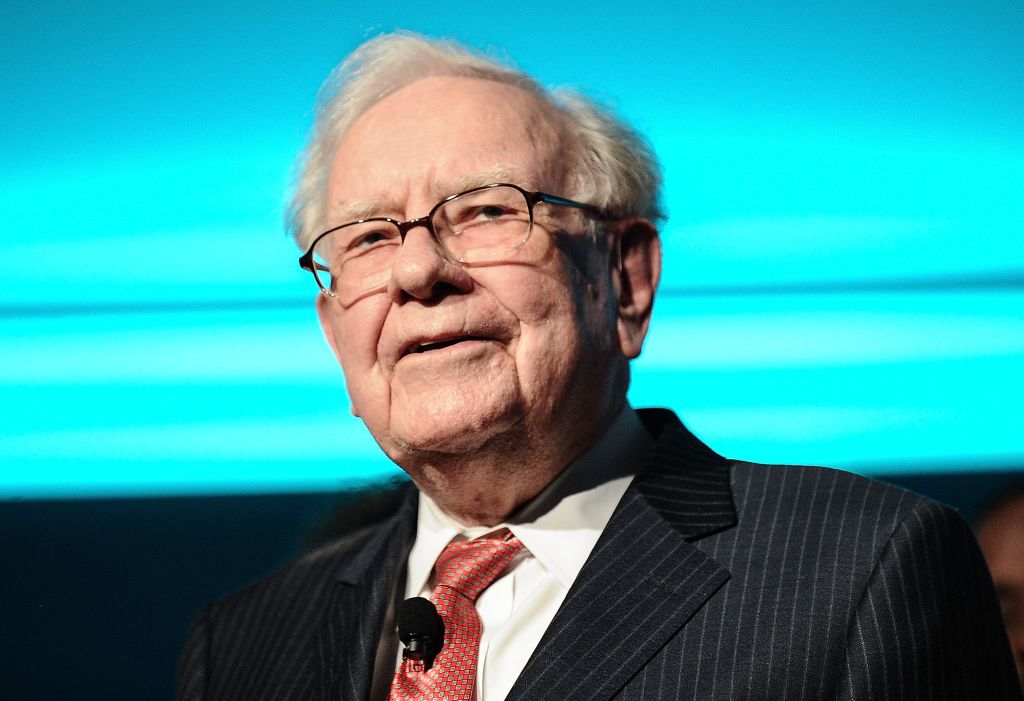What a Rate Hike Means for Investors
The damage the stock market will sustain depends on how high and fast interest rates spike.
At some point, interest rates will rise and derail the bull market in stocks. The question is when. We’ll stick our neck out and predict that this collision won’t happen until early 2011.
There’s little doubt that rates are heading higher. After a three-decade decline, they have nowhere to go but up. For stock investors, what matters is how high and how fast.
Larry Adam, chief market strategist of Deutsche Bank Private Wealth Management, thinks the trigger for a stock-market slump would be a yield of 5% for ten-year Treasury bonds (as of April 28, they yielded 3.8%). If long-term interest rates, which are set by investors in the bond market, rise to 5% within a year, that’s a problem for stocks, he says. But he finds that scenario unlikely.
From just $107.88 $24.99 for Kiplinger Personal Finance
Become a smarter, better informed investor. Subscribe from just $107.88 $24.99, plus get up to 4 Special Issues

Sign up for Kiplinger’s Free Newsletters
Profit and prosper with the best of expert advice on investing, taxes, retirement, personal finance and more - straight to your e-mail.
Profit and prosper with the best of expert advice - straight to your e-mail.
Let’s examine some of the factors. For many months, the Federal Reserve Board has repeated its mantra that a weak economy and low inflation merit exceptionally low interest rates “for an extended period.” The Fed used the same wording on April 28. We’ll take the Fed’s governors at their word.
Unemployment remains stubbornly high. The housing market is fragile. Banks and households are still repairing their broken balance sheets. Bank lending is still contracting, money is not circulating through the economy, and banks are literally hoarding cash.
In March, core inflation -- that is, consumer price inflation excluding food and energy -- was up only 1% year-over-year, an almost frighteningly low level. Excess capacity exists throughout the economy, from factories to housing to labor. For instance, if housing starts doubled, they would still return to only half of the peak level achieved in 2006. The apartment-vacancy rate is now 11%, a record, and rents are falling. Foreclosed houses continue to cascade into the market.
Auto sales have recently been running at an annual rate of 11 million units, down by one-third from the norm before the collapse. “There are plenty of things to worry about, but inflation is not high on the list,” says Duncan Richardson, Eaton Vance’s chief equity investment officer.
So we’ll surmise that the Fed, which controls short-term interest rates, will not begin to raise rates until early 2011. Once the Fed starts to move, yields on long-term bonds will almost certainly rise, too.
Standard & Poor’s has studied the history of stocks’ reaction to Federal Reserve rate-hike cycles. Since 1946, there have been 13 such rate-tightening cycles. S&P calculates that in the six months following the first hike in rates, stocks rose 2.6% on average. Twelve months after the first hike, stocks were up 7.3%, one percentage point less than the market’s average yearly return since 1946.
What about our colossal budget deficit and rapidly climbing national debt? Those will create a huge problem down the road, but probably not in the next year. From abroad (foreigners purchase half of our government bonds), the Chinese continue to buy our bonds to maintain their currency’s pegged value against the U.S. dollar. From the vantage point of European investors, our bonds (and stocks) look pretty attractive.
And at home, sadly, we have a huge captive audience for Treasuries in our fragile local and regional banks, many of which are unwilling and unable to lend. Many of these banks continue to carry bad assets on the books at inflated values -- “extend and pretend,” as they say in the industry. The government evidently hopes that these banks -- savers be damned -- can be nursed back to health by enjoying the wide spread from borrowing at virtually 0% and investing their funds in Treasury bills and bonds.
For stock investors, it boils down to whether interest rates rise for the right or the wrong reason. A gentle rise to, say, 4.5% on the ten-year Treasury should present no problem. In fact, it might even help stocks in that it would signify that rates are returning to more-normal levels and that the economy is regaining its health.
But if rates spike, say because of a failed Treasury auction, then watch out. A quick rise to 5% would harm the stock market. Remember, this is now a heavily indebted economy that is highly sensitive to interest rates.
Profit and prosper with the best of Kiplinger's advice on investing, taxes, retirement, personal finance and much more. Delivered daily. Enter your email in the box and click Sign Me Up.
Andrew Tanzer is an editorial consultant and investment writer. After working as a journalist for 25 years at magazines that included Forbes and Kiplinger’s Personal Finance, he served as a senior research analyst and investment writer at a leading New York-based financial advisor. Andrew currently writes for several large hedge and mutual funds, private wealth advisors, and a major bank. He earned a BA in East Asian Studies from Wesleyan University, an MS in Journalism from the Columbia Graduate School of Journalism, and holds both CFA and CFP® designations.
-
 Verizon’s 4-Line Phone Promo Offers Strong Value for Families Upgrading to Premium Devices
Verizon’s 4-Line Phone Promo Offers Strong Value for Families Upgrading to Premium DevicesFamilies can upgrade to top-tier smartphones for $25 a line with Verizon’s newest offer.
-
 Where to Store Your Cash in 2026
Where to Store Your Cash in 2026Set yourself up for success with these strategies.
-
 How Much Income You Really Need to Afford a $500,000 Home
How Much Income You Really Need to Afford a $500,000 HomeAs home prices increase, the income needed for a house is also climbing. We break down what you need to earn to afford a $500,000 home.
-
 If You'd Put $1,000 Into Coca-Cola Stock 20 Years Ago, Here's What You'd Have Today
If You'd Put $1,000 Into Coca-Cola Stock 20 Years Ago, Here's What You'd Have TodayEven with its reliable dividend growth and generous stock buybacks, Coca-Cola has underperformed the broad market in the long term.
-
 If You Put $1,000 into Qualcomm Stock 20 Years Ago, Here's What You Would Have Today
If You Put $1,000 into Qualcomm Stock 20 Years Ago, Here's What You Would Have TodayQualcomm stock has been a big disappointment for truly long-term investors.
-
 If You'd Put $1,000 Into Home Depot Stock 20 Years Ago, Here's What You'd Have Today
If You'd Put $1,000 Into Home Depot Stock 20 Years Ago, Here's What You'd Have TodayHome Depot stock has been a buy-and-hold banger for truly long-term investors.
-
 If You'd Put $1,000 Into Bank of America Stock 20 Years Ago, Here's What You'd Have Today
If You'd Put $1,000 Into Bank of America Stock 20 Years Ago, Here's What You'd Have TodayBank of America stock has been a massive buy-and-hold bust.
-

 If You'd Put $1,000 Into Oracle Stock 20 Years Ago, Here's What You'd Have Today
If You'd Put $1,000 Into Oracle Stock 20 Years Ago, Here's What You'd Have TodayORCL Oracle stock has been an outstanding buy-and-hold bet for decades.
-
 If You'd Put $1,000 Into Sherwin-Williams Stock 20 Years Ago, Here's What You'd Have Today
If You'd Put $1,000 Into Sherwin-Williams Stock 20 Years Ago, Here's What You'd Have TodaySherwin-Williams stock has clobbered the broader market by a wide margin for a long time.
-
 If You'd Put $1,000 Into UnitedHealth Group Stock 20 Years Ago, Here's What You'd Have Today
If You'd Put $1,000 Into UnitedHealth Group Stock 20 Years Ago, Here's What You'd Have TodayUNH stock was a massive market beater for ages — until it wasn't.
-
 If You'd Put $1,000 Into Berkshire Hathaway Stock 20 Years Ago, Here's What You'd Have Today
If You'd Put $1,000 Into Berkshire Hathaway Stock 20 Years Ago, Here's What You'd Have TodayBerkshire Hathaway is a long-time market beater, but the easy money in BRK.B has already been made.